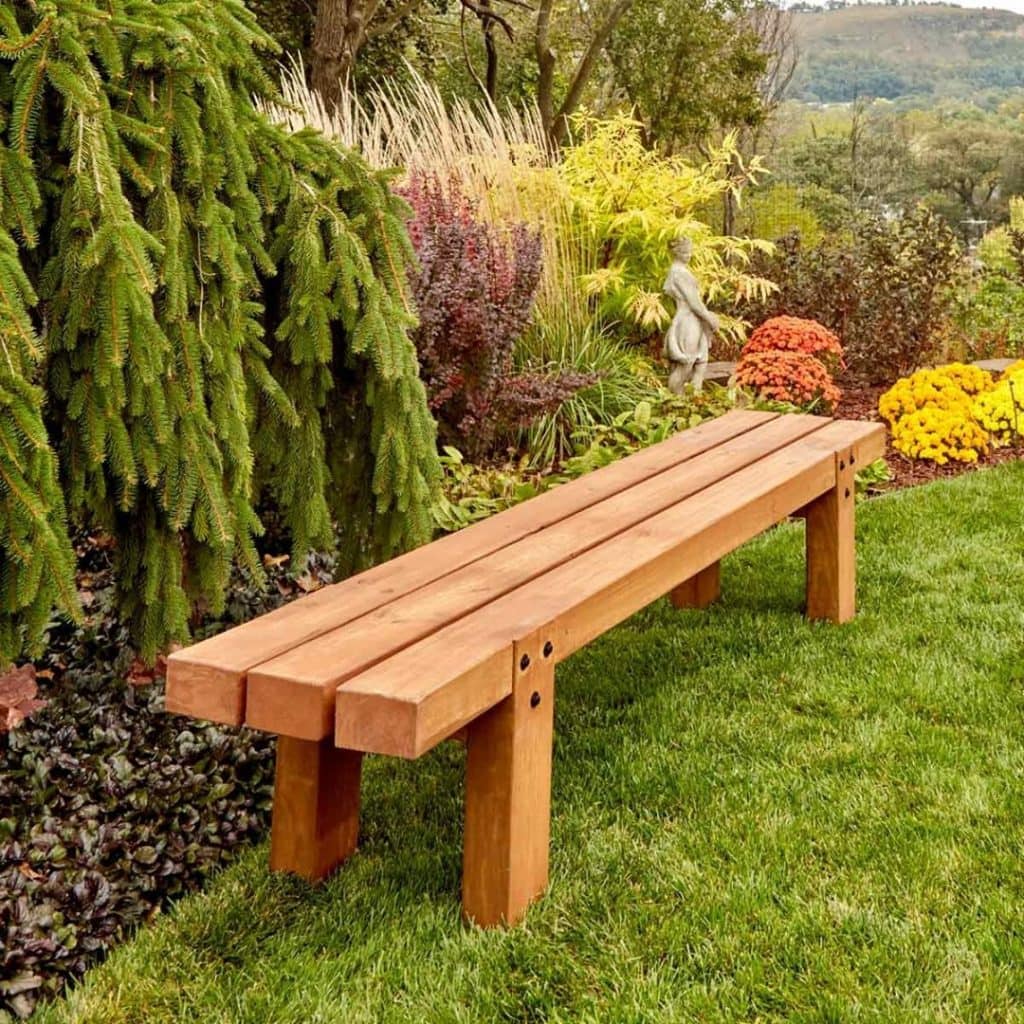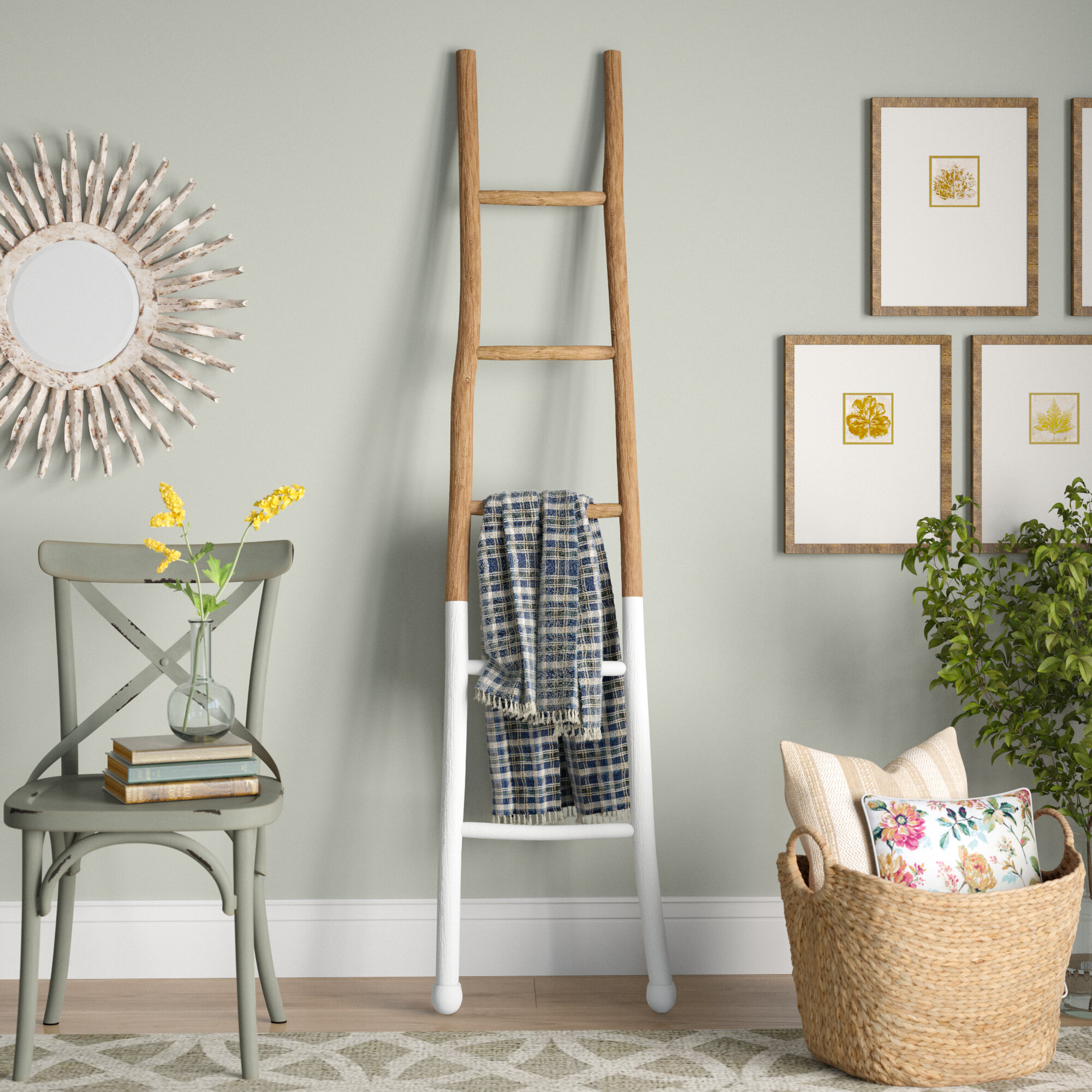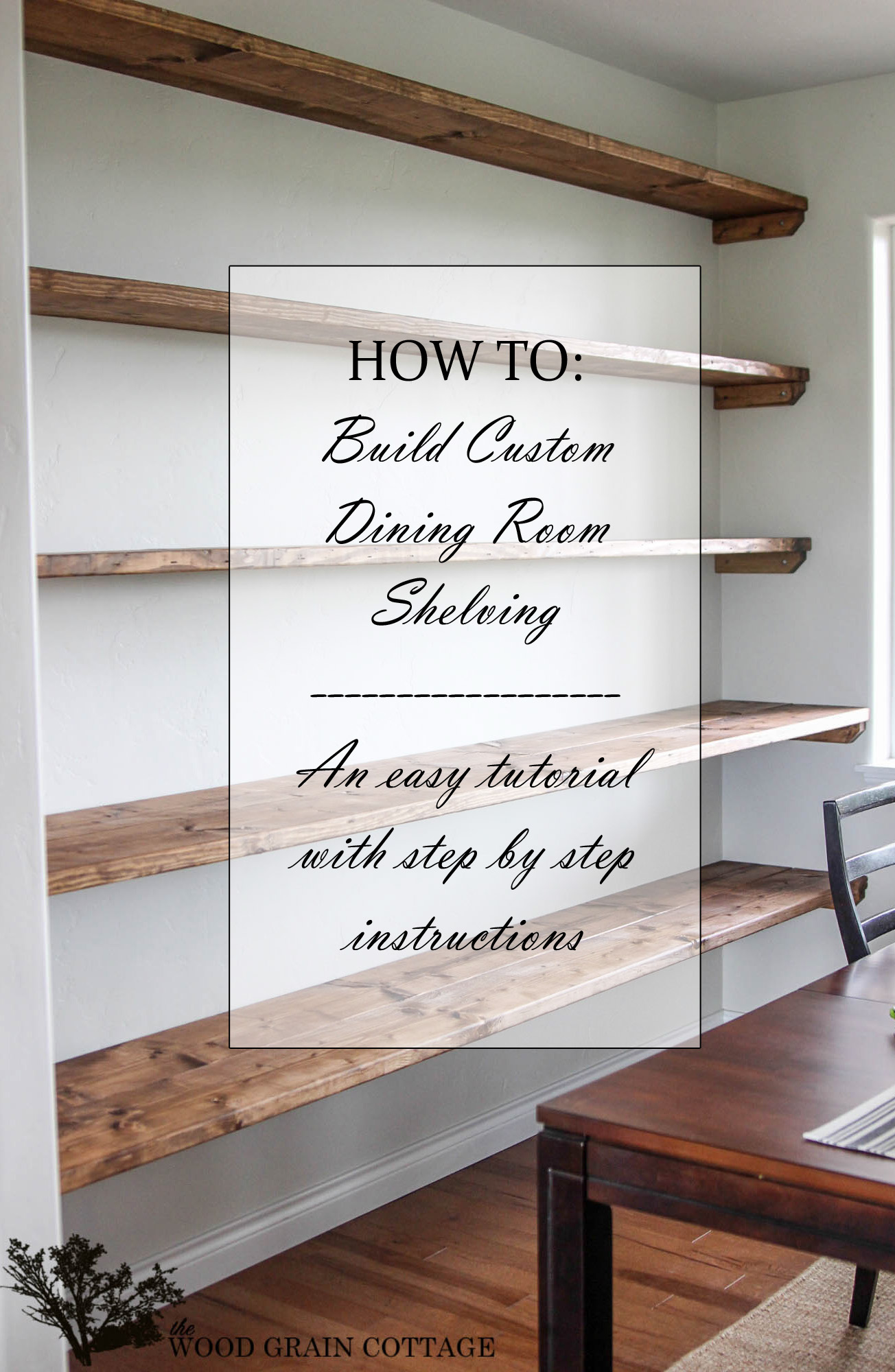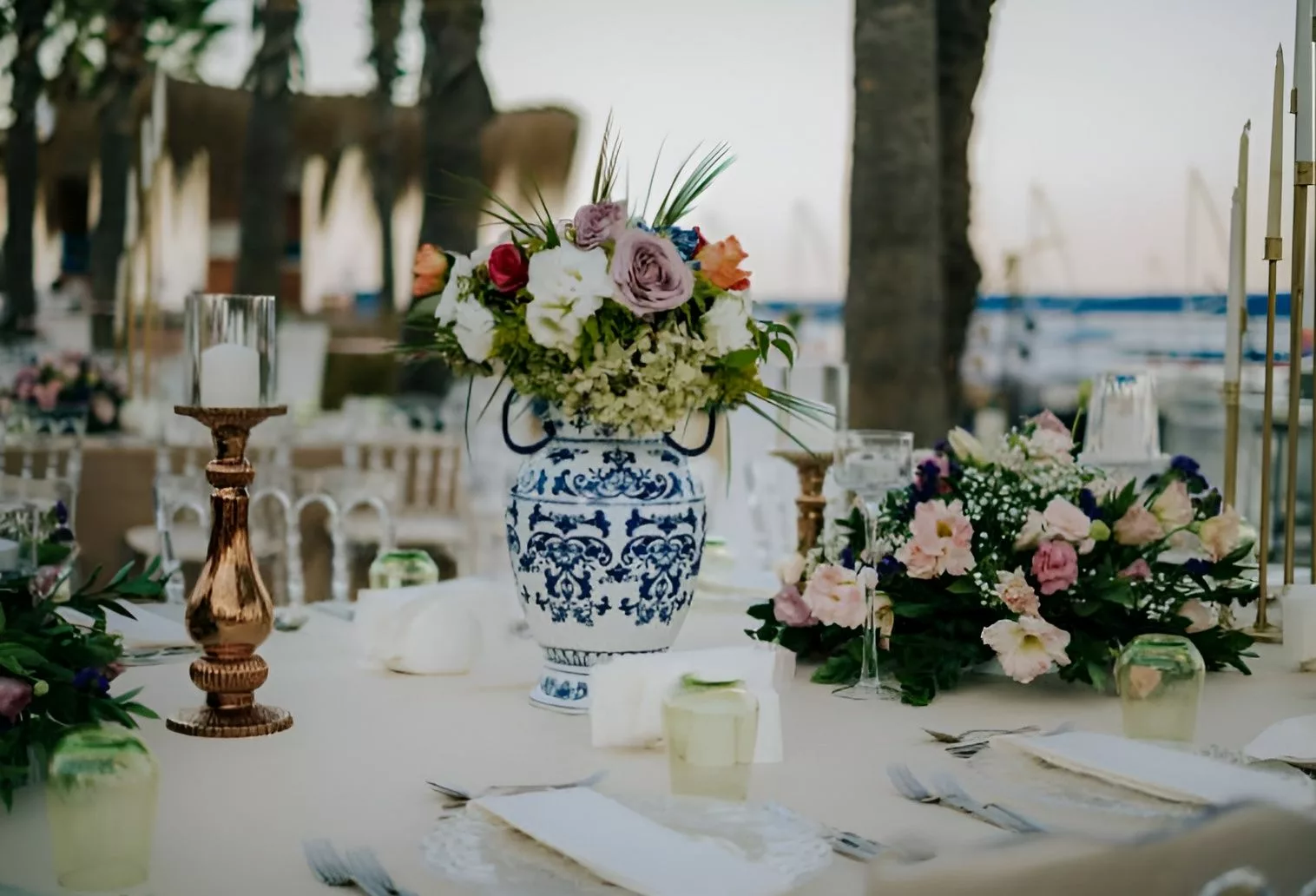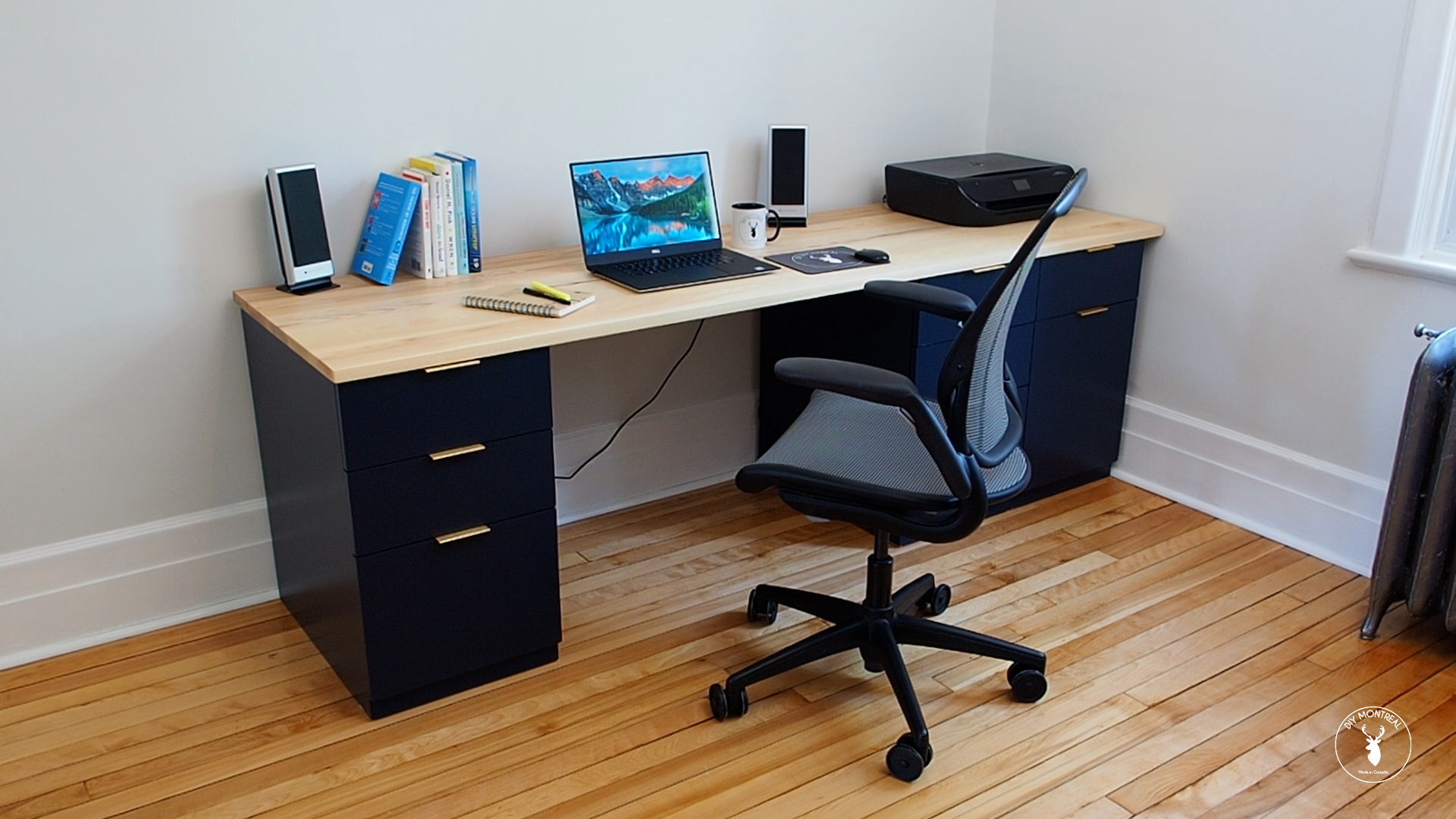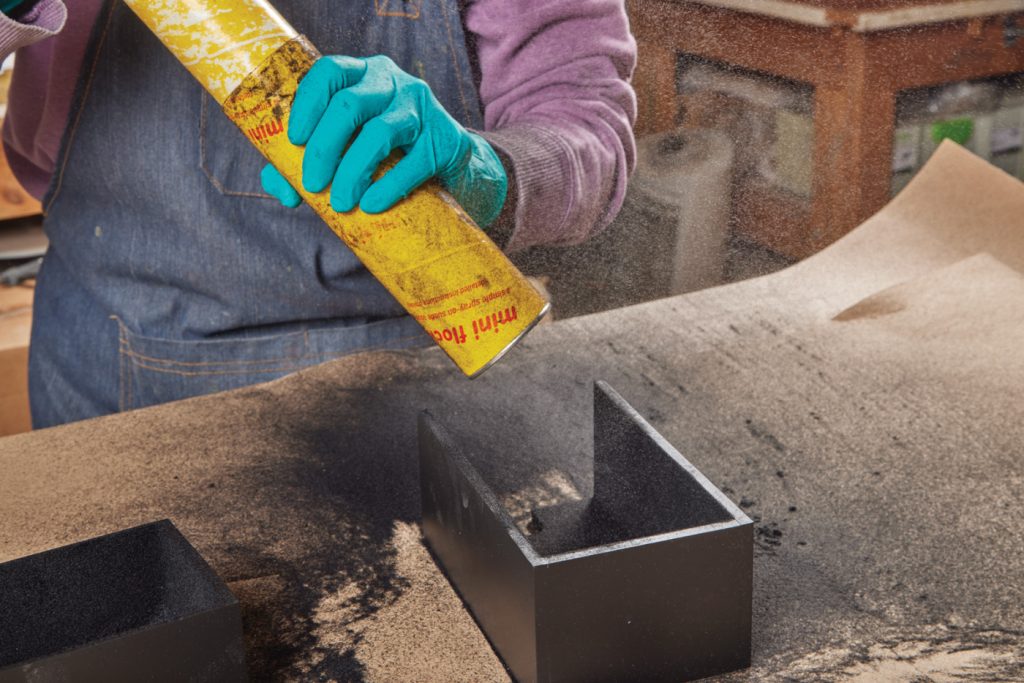Upgrade Your Space with Custom Wood Floating Shelves
In the realm of interior design, the pursuit of functionality and aesthetics often intertwines, leading to the desire for furniture that seamlessly blends form and purpose. Custom wood floating shelves emerge as a versatile and visually appealing solution, transforming empty wall spaces into captivating displays and practical storage solutions.
These shelves, suspended seemingly effortlessly against the wall, create an illusion of spaciousness while offering ample storage for cherished belongings, decorative accents, and everyday essentials. Their customizability allows for personalized designs that perfectly complement the unique style of any room.
The Enchanting Appeal of Custom Wood Floating Shelves
The allure of custom wood floating shelves lies in their ability to elevate the ambiance of a space while maximizing functionality. Their minimalist design seamlessly integrates into diverse decor styles, from contemporary to rustic, enhancing the overall aesthetic appeal.
Unleashing Creativity: A Symphony of Wood and Style
The choice of wood species plays a pivotal role in shaping the character of custom floating shelves. From the warm hues of oak and cherry to the rustic charm of reclaimed wood, each wood type possesses its unique grain patterns and textures, adding a touch of personality to any room.
The possibilities for customization extend beyond wood selection. Finishes like stains, paints, and varnishes allow you to personalize the look and feel of your shelves, complementing the existing color palette of your space. You can even incorporate unique details like inlays, carvings, or metal accents to create a truly bespoke design.
Maximizing Space: A Balancing Act of Form and Function
Custom floating shelves are masters of space optimization. They eliminate the need for bulky cabinets or bulky furniture, freeing up valuable floor space and creating a sense of airy openness. This makes them ideal for small apartments, cluttered rooms, or areas with limited floor space.
The ability to adjust the size and placement of shelves based on individual needs ensures that every inch of wall space is utilized efficiently. Whether you require a small shelf for showcasing a favorite plant or a larger one for displaying a collection of books, custom designs can cater to any storage requirement.
The Craftmanship Behind Custom Wood Floating Shelves
The creation of custom wood floating shelves is a testament to the artistry and skill of skilled craftspeople. Each shelf is a unique piece, meticulously crafted with attention to detail and a commitment to quality.
From Design to Installation: A Collaborative Journey
The process typically begins with a consultation where your vision is discussed, and your preferences for wood type, size, finish, and any desired embellishments are carefully considered. A skilled craftsperson will then create a detailed design, incorporating your ideas and ensuring that the shelves seamlessly integrate with your existing decor.
Once the design is finalized, the shelves are meticulously crafted from high-quality wood, utilizing precise cuts and joinery techniques to ensure structural integrity and longevity. The finishing process involves sanding, staining, or painting, creating a smooth and durable surface that highlights the beauty of the wood.
Installation: A Precise and Discreet Process
The installation of custom floating shelves demands meticulous attention to detail to ensure they are securely mounted and aligned perfectly. The use of concealed mounting brackets ensures a clean and unobstructed aesthetic, allowing the beauty of the shelves to take center stage.
A Symphony of Possibilities: Custom Wood Floating Shelves for Every Room
The versatility of custom wood floating shelves knows no bounds. They can be seamlessly integrated into any room in your home, adding a touch of elegance and functionality to each space.
Living Room: A Focal Point for Style and Storage
In the living room, custom wood floating shelves provide a stylish and functional way to display treasured books, decorative items, and family photos. They can be placed above the fireplace, along the sofa wall, or even behind the TV, creating a dynamic and visually appealing focal point.
Bedroom: A Haven of Serenity and Organization
Custom wood floating shelves transform bedrooms into tranquil retreats, offering a clutter-free solution for storing books, jewelry, candles, or decorative objects. They can be placed above the bed, beside the nightstands, or even in the closet to maximize storage space and create a sense of calm and order.
Kitchen: A Blend of Functionality and Elegance
In the kitchen, custom wood floating shelves provide a stylish alternative to traditional cabinets, showcasing cookware, spices, and other essentials while freeing up valuable counter space. They can be placed above the countertop, around the sink, or even in a pantry area, adding a touch of warmth and organization to the heart of your home.
Bathroom: A Touch of Luxury and Functionality
Custom wood floating shelves in the bathroom offer a practical and elegant way to store towels, toiletries, and decorative accents, creating a spa-like ambiance. Their durability makes them resistant to moisture and humidity, ensuring that they remain beautiful and functional for years to come.
Home Office: A Haven of Efficiency and Inspiration
Custom wood floating shelves in the home office provide a dedicated space for displaying books, organizing files, and storing stationery, creating a clutter-free and efficient work environment. They can be placed above the desk, along the wall, or even around the window, adding a touch of warmth and inspiration to the space.
Beyond Aesthetics: The Enduring Value of Custom Wood Floating Shelves
Custom wood floating shelves are not merely decorative elements; they are investments in quality and longevity. Made from durable materials and crafted with precision, they are designed to withstand the test of time, adding value and beauty to your home for years to come.
Beyond their practical benefits, custom wood floating shelves serve as a unique expression of personal style and taste, reflecting the individuality of their owner. They transform ordinary spaces into captivating havens, elevating the ambiance and enhancing the overall living experience.
Whether you are seeking to enhance the aesthetic appeal of your home, maximize storage space, or simply create a personal sanctuary, custom wood floating shelves offer an exceptional solution. Their blend of functionality, customization, and timeless elegance makes them an enduring investment in the beauty and functionality of your living spaces.
